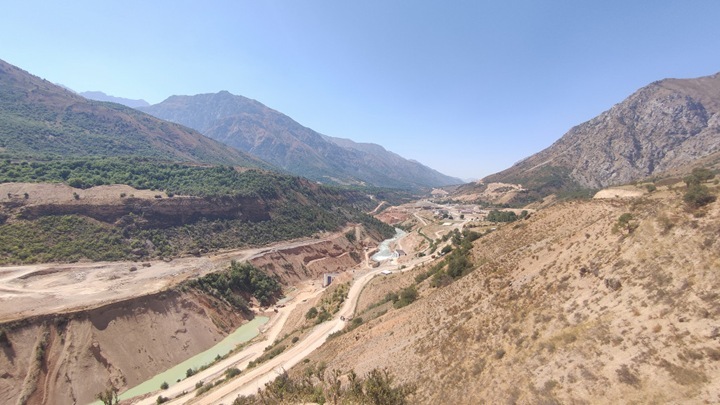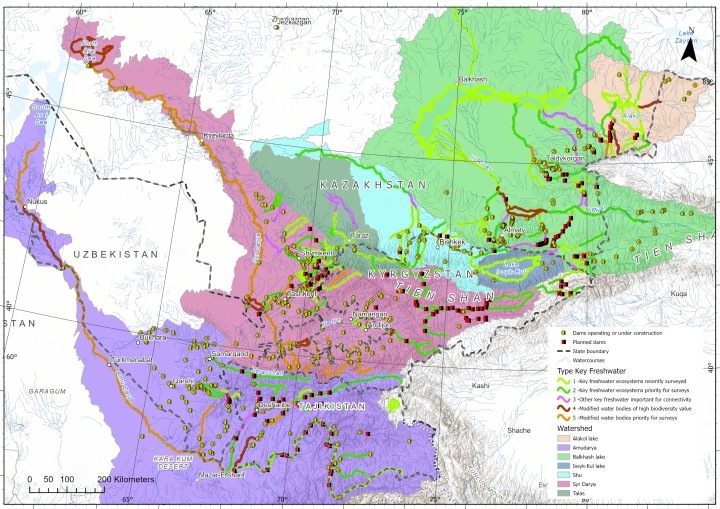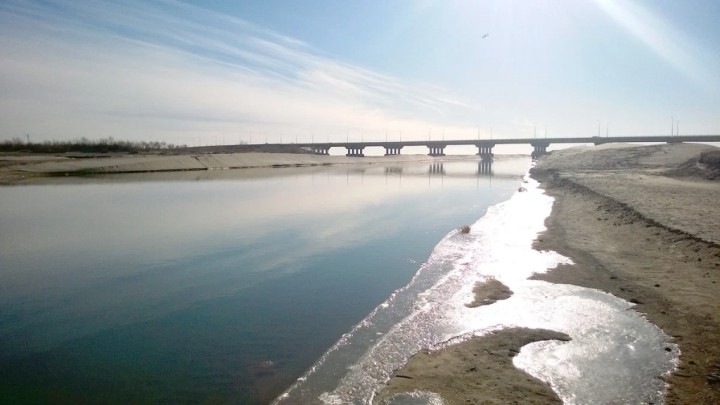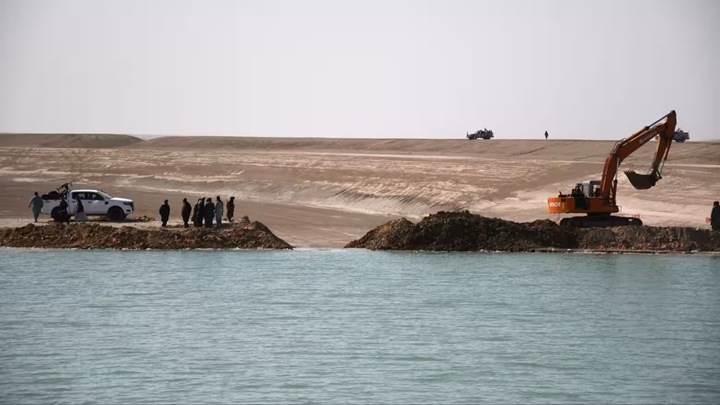Dam construction provokes biodiversity crisis in Central Asia
Specialists of the international ecological coalition “Rivers without Boundaries” conducted a large-scale study of river basins in mountainous regions of Central Asia and, based on its results, identified key areas of particular value for biodiversity conservation. Many of them are under threat, as the construction of large dams and small Dams reduces habitats and lead to the extinction of migratory fish species.

Using a specially developed geoinformation system on the ArcGIS platform, ecologists have established that only 12% of the rivers of the Central Asian region are key river habitats, that is, little-modified ecosystems where rare and endemic fish species have been preserved. Another 7% of freshwater areas heavily modified by humans are recognized as critically important for the survival of endangered species, such as the Amu Darya shoveler or the Ili marinka.
“We have analyzed the state of populations of more than 50 endemic fish species in five river basins of Central Asia,” says the head of the study, the international coordinator of the ecological coalition “Rivers Without Boundaries” Evgeny Simonov. – Of these, 21 species are now under threat according to the Red List of the International Union for Conservation of Nature (IUCN). In addition, we also took into account the state of tugai forests, rare floodplain plants and near-water animals, such as the Asian otter.”
Environmentalists note that the small number of key habitats of ichthyofauna in the region is caused primarily by the fact that the river network of Central Asia is highly fragmented due to the construction of dams (the project database contains information on 650 existing and planned dams on the main rivers of the region, excluding small hydraulic structures). Accordingly, as Yevgeny Simonov points out, habitats are shrinking and migratory species are dying out — for example, the Syrdarya pseudopathos and Aral salmon have probably already completely disappeared.
“To prevent the destruction of key freshwater habitats when planning a new water infrastructure, we have developed a special geoinformation system that clearly shows the scale of potential impacts of hydraulic structures on river ecosystems,” explains Evgeny Egidarev, GIS specialist at the Rivers Without Boundaries Public Foundation. – Our system is also designed to help in the creation of specially protected natural areas and the speedy study of valuable river systems about which there is no up-to-date information.”

Experts emphasize that in the current conditions on the territory of Central Asia, it is necessary to preserve from further fragmentation and destructive impacts every, even small and disturbed, section of the river inhabited by viable populations of endemic and rare fish, as well as to take under protection sections of river floodplains with preserved tugai ecosystems.


